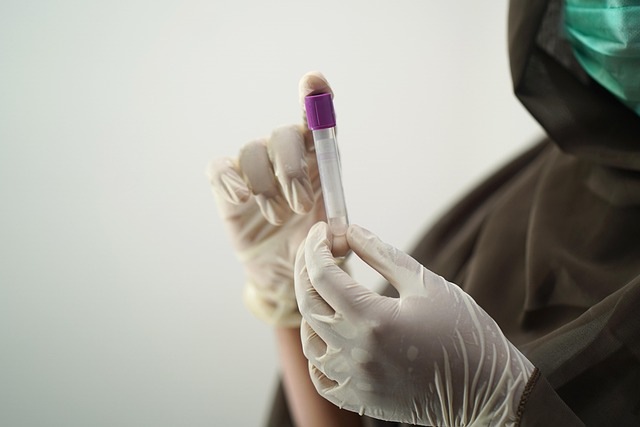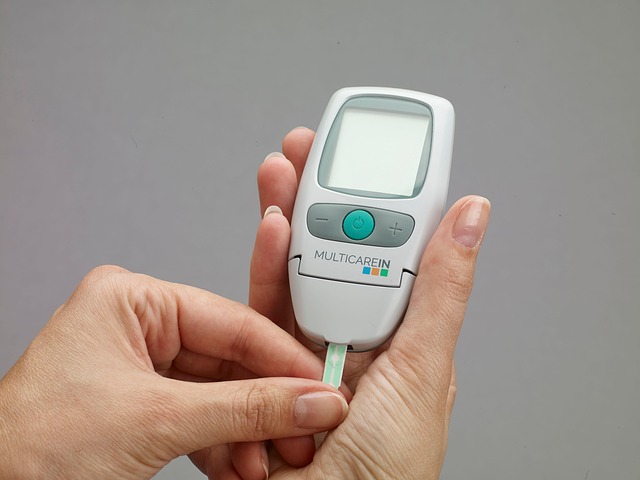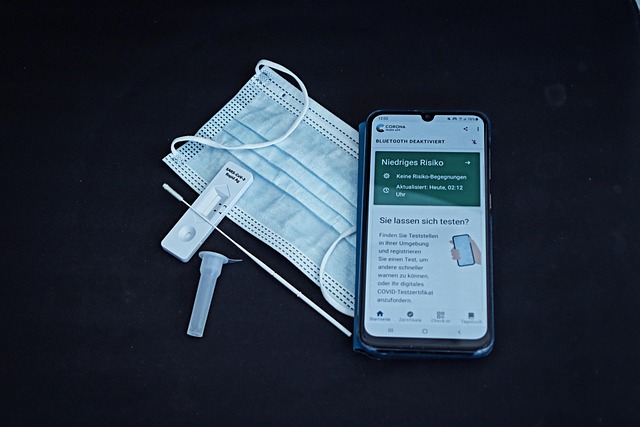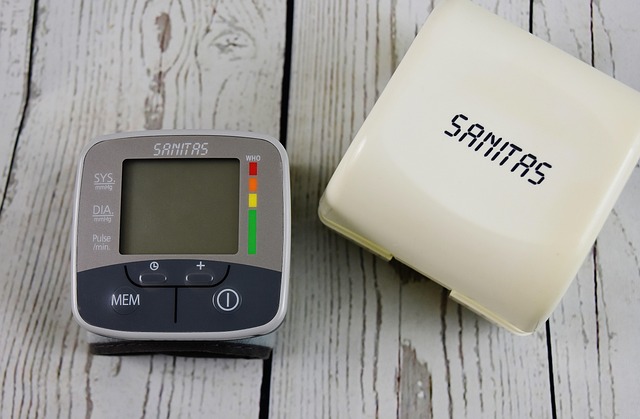Modern online testosterone blood tests offer unprecedented convenience, allowing men over 40 to discreetly check their hormone levels at home, replacing time-consuming traditional lab visits. These tests ensure accuracy, reliability, and safety through stringent regulations while being more affordable. They enhance patient comfort, privacy, and control over health monitoring, empowering proactive wellness management.
“Discover the evolution of testing methods with our comprehensive comparison between traditional in-person lab visits and modern at-home online tests, such as the popular online testosterone blood test. While traditional methods offer precise results, their convenience is limited. In contrast, modern online tests provide unprecedented accessibility, patient comfort, and privacy. We analyze accuracy, costs, and patient experiences to help you understand which method best suits your needs in today’s digital age.”
- Traditional Testing Methods: In-Person Lab Visits
- Modern Approach: At-Home Online Tests
- Convenience and Accessibility: A Direct Comparison
- Accuracy and Reliability: Which Method Is More Reliable?
- Cost Analysis: Budget-Friendly Options for Patients
- Patient Experience: Comfort and Privacy Considerations
Traditional Testing Methods: In-Person Lab Visits

Traditional testing methods often involve in-person visits to a laboratory, where patients provide samples for analysis. For hormone testing, such as an online testosterone blood test, this typically requires a physical appointment. Patients will need to visit the lab at a scheduled time, providing a blood sample that is then sent off for analysis. This method can be time-consuming and may cause inconvenience, especially for those with busy schedules or limited mobility. However, it ensures direct interaction with medical professionals who can offer immediate guidance and answer any queries about the testing process.
In-person lab visits also allow for a more thorough evaluation as healthcare providers can assess other relevant factors and provide personalized recommendations. This is particularly important when considering testosterone therapy options explained online, as a qualified professional can guide patients on the potential benefits, risks, and suitable dosage based on their unique circumstances.
Modern Approach: At-Home Online Tests

The modern approach to testing has revolutionized the way individuals monitor their health, particularly when it comes to hormone levels. One prominent example is the rise of at-home online tests, specifically designed for testosterone blood test assessments. These innovative solutions allow users to conveniently order a kit, collect a sample, and then send it off for lab analysis, all without stepping foot outside. This method addresses several low testosterone symptoms online test concerns, such as convenience, privacy, and accessibility, which traditional testing often cannot match.
Compared to conventional methods where patients visit clinics or labs, at-home online tests offer a more comfortable and time-saving experience. They empower individuals to take control of their health by providing easy access to essential hormone tests, including the testosterone test. Furthermore, with the ability to order additional tests like a thyroid blood test simultaneously, users can gain a comprehensive understanding of their overall well-being.
Convenience and Accessibility: A Direct Comparison

In terms of convenience and accessibility, modern testing methods, particularly online testosterone blood tests, have revolutionized the way individuals monitor their health. These at-home kits offer unparalleled ease, allowing men over 40 to discreetly test their testosterone levels from the comfort of their homes. This is a significant shift from traditional methods that often required visits to a clinic or laboratory, consuming valuable time and sometimes causing inconvenience.
For those concerned about low testosterone symptoms, online platforms provide an efficient solution. These tests not only make the process more convenient but also encourage proactive health management. By understanding what constitutes a healthy testosterone level range (typically between 300-1000 ng/dL), individuals can take informed decisions and seek necessary medical advice, ensuring optimal well-being as they age.
Accuracy and Reliability: Which Method Is More Reliable?

When comparing traditional and modern testing methods, particularly focusing on an online testosterone blood test, accuracy and reliability are paramount. Traditional methods often rely on physical lab visits, where a sample is collected in-person and analyzed in a controlled laboratory setting. This method has been proven reliable over time, with established protocols ensuring consistent results. However, it may not be as convenient or accessible as modern alternatives.
In contrast, modern testing methods, including reputable online testosterone blood tests, offer enhanced accessibility and convenience. These tests can be easily ordered and performed at home, with samples collected via mail-in kits. The data is then sent to a lab for analysis, providing results that are just as accurate and reliable as traditional methods. Moreover, the safety and validity of these tests are supported by stringent regulations, ensuring that users can trust the integrity of their results, especially when considering the potential risks associated with unregulated online purchases, such as is it safe to buy testosterone online. Where to find reputable online testosterone testing is crucial for ensuring accurate and reliable data without compromising safety.
Cost Analysis: Budget-Friendly Options for Patients

The cost of traditional testosterone tests can be a significant barrier for many patients, especially those looking to monitor their health proactively. However, modern testing methods offer more budget-friendly options with the advent of online testosterone blood tests. These at-home kits provide convenience and affordability, eliminating the need for costly clinic visits and lab fees.
For men over 40 who want to assess their testosterone levels, an online community for testosterone testing experiences has grown, fostering a network of individuals sharing their test results and insights. This trend empowers patients to take charge of their health while keeping costs low. The accessibility of these tests encourages regular monitoring, enabling early detection of potential issues and promoting better overall well-being.
Patient Experience: Comfort and Privacy Considerations

The patient experience plays a pivotal role when comparing traditional to modern testing methods, particularly in sensitive areas like testosterone blood tests. In the past, patients would often have to physically visit a clinic or hospital for such tests, which could be uncomfortable and time-consuming. This process might involve waiting in crowded waiting rooms, exposed personal information, and even face-to-face interactions with healthcare professionals that some individuals find stressful.
Modern testing methods, including online testosterone blood tests, have significantly improved patient comfort and privacy. These at-home tests eliminate the need for unnecessary clinic visits, allowing patients to maintain a level of discretion and control over their personal health data. Online platforms provide easy-to-follow instructions, ensuring patients feel secure and comfortable during the sampling process. Additionally, digital results and explanations, such as those offered for thyroid tests or testosterone test results, enable individuals to understand their health better, empowering them to take charge of their well-being and even explore potential treatments like testosterone replacement therapy’s benefits explained online.
In comparing traditional in-person lab visits with modern at-home online tests for testosterone levels, several key differences emerge. Online testosterone blood tests offer unparalleled convenience and accessibility, allowing patients the privacy of testing at home. While concerns about accuracy and reliability persist, recent advancements have significantly improved the validity of these tests. Cost-wise, at-home options prove more budget-friendly, making health monitoring more accessible to a wider range of individuals. Ultimately, choosing between traditional and modern methods depends on personal preferences regarding comfort, privacy, and cost, with both approaches contributing to improved patient experiences and empowered healthcare decisions.
